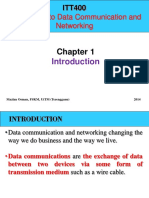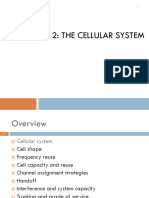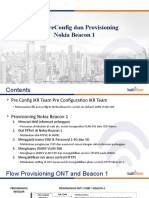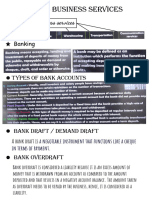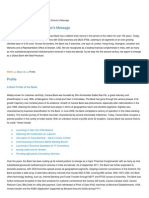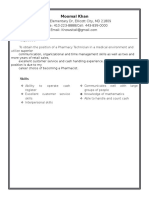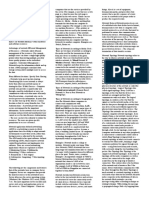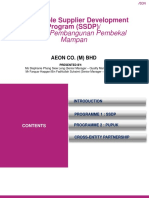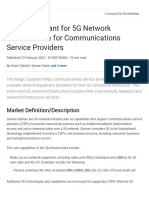0% found this document useful (0 votes)
19 views34 pagesCh01 Introduction
The document outlines the syllabus for a Computer Networking course taught by Dr. Asif Uddin Khan at SIT Bhubaneswar, including required textbooks and reference materials. It covers fundamental concepts of data communications, networks, and various network topologies, as well as the structure and types of networks such as PAN, LAN, MAN, and WAN. Additionally, it discusses the importance of protocols, standards, and the role of the Internet in modern communication.
Uploaded by
22054323Copyright
© © All Rights Reserved
We take content rights seriously. If you suspect this is your content, claim it here.
Available Formats
Download as PDF, TXT or read online on Scribd
0% found this document useful (0 votes)
19 views34 pagesCh01 Introduction
The document outlines the syllabus for a Computer Networking course taught by Dr. Asif Uddin Khan at SIT Bhubaneswar, including required textbooks and reference materials. It covers fundamental concepts of data communications, networks, and various network topologies, as well as the structure and types of networks such as PAN, LAN, MAN, and WAN. Additionally, it discusses the importance of protocols, standards, and the role of the Internet in modern communication.
Uploaded by
22054323Copyright
© © All Rights Reserved
We take content rights seriously. If you suspect this is your content, claim it here.
Available Formats
Download as PDF, TXT or read online on Scribd
/ 34











